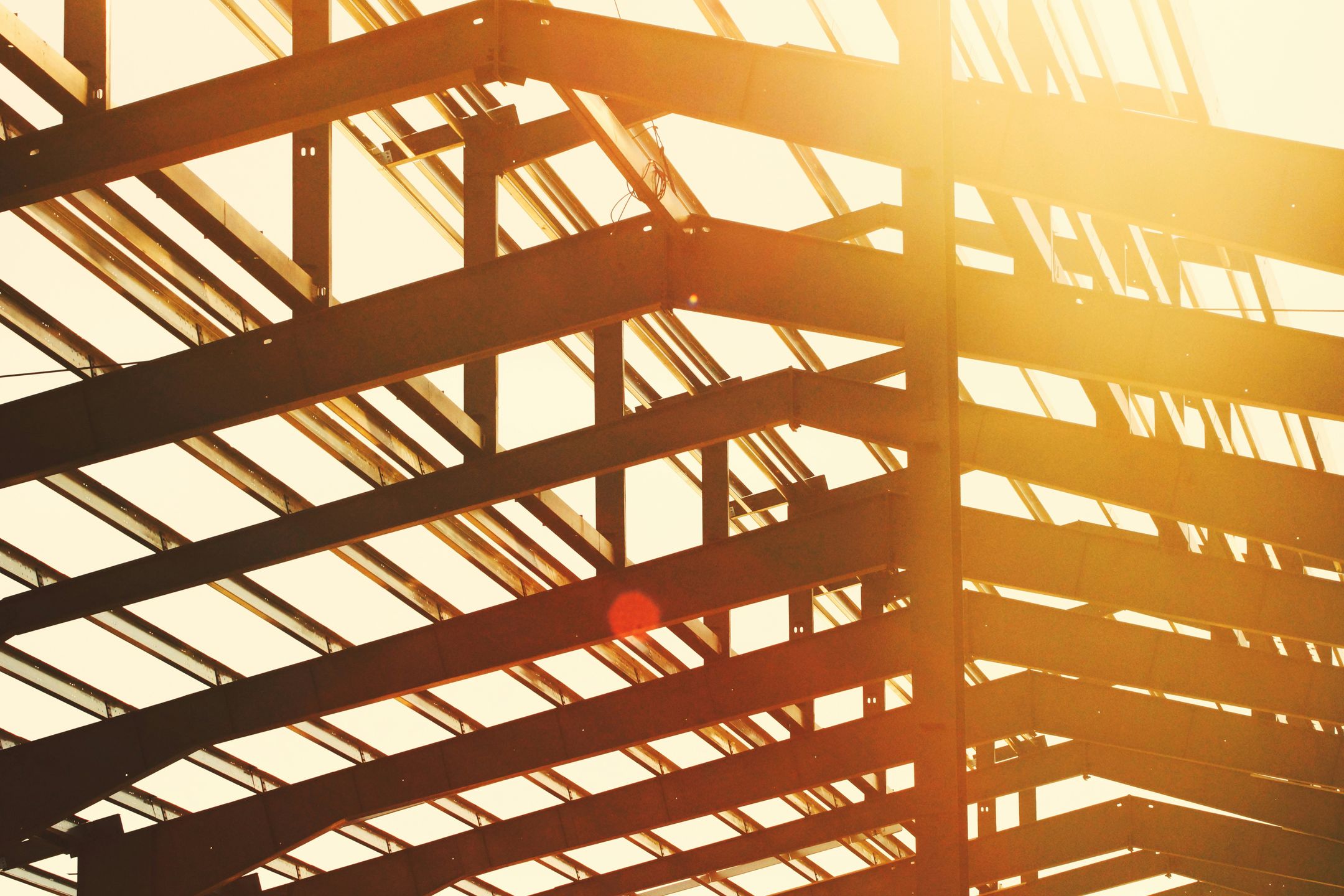Email: info@yimuhouse.com Whatsapp: (+86)13391718082

Get A Quote
Unveiling the Earthquake Resilience of LGSF Structures
Introduction:
In the ever-changing landscape of construction, revolutionary materials are reshaping the industry, with Light Gauge Steel Framed Structures (LGSF Structures) emerging as a transformative force. Today, we embark on a journey to uncover the essence of these structures, delving into their earthquake resistance and shedding light on their seismic capabilities.
What is Light Steel Structure?
Light Steel Structure, or LGSF (Light Gauge Steel Framing), is a construction method utilizing cold-formed steel members to create a durable and lightweight framework. The galvanized metal profiles, shaped with reduced thickness, ensure both strength and exceptional lightness. The structure comprises cold-formed steel components, such as steel studs, tracks, and joists, assembled into a versatile load-bearing framework. This method accommodates diverse architectural needs, allowing for interior partitions, non-load-bearing walls, or curtain walls.
Classified under cold-formed steel construction, Light Steel Structures use steel members shaped at room temperature, aligning with a prefabricated and efficient construction approach. The primary material, galvanized steel, undergoes a corrosion-resistant coating process with zinc, ensuring longevity and structural integrity. Precision engineering and the cold-forming process contribute to accuracy, consistency, and reduced weight without compromising strength, making Light Steel Structures an optimal choice for various building applications.
How to Make Light Steel Structures?
The production of Light Steel Structures is a meticulous process driven by precision engineering and advanced construction techniques. The journey begins with a comprehensive design phase, where detailed engineering drawings guide the precise measurement and alignment of each component. Material selection, focusing on high-quality galvanized steel, is a critical step to meet design criteria.
The heart of the construction lies in the cold-forming process, shaping galvanized metal profiles with reduced thickness at room temperature. This ensures structural integrity while achieving precise dimensions. Consistency and accuracy are paramount, ensuring a seamless assembly of components.
The prefabrication of components off-site, including steel studs, tracks, and joists, follows the cold-forming process. This controlled environment enhances component quality, leading to rapid on-site assembly. The efficiency minimizes on-site labor, contributing to cost-effectiveness.
Quality control measures, including inspection and testing, are rigorously implemented throughout the production process to meet engineering standards and design specifications. Compliance checks with industry regulations reinforce the reliability and safety of the final Light Steel Structures. In conclusion, this holistic approach ensures that these structures adhere to the highest standards of quality, durability, and resilience.
Diverse Applications of Light Steel Structures:
The versatility of LGSF Structures spans various settings, finding applications in residential, commercial, and industrial projects. From prefabricated homes to steel-framed warehouses and multi-story buildings, these structures showcase remarkable adaptability.
Residential Buildings: Prefabricated homes using light steel framing systems offer cost-effectiveness, swift construction, and design flexibility. The framing system allows for efficient off-site fabrication, leading to quicker assembly on-site.
Commercial Spaces: Light steel structures find suitability in constructing commercial spaces and offices, with the lightweight nature of steel components optimizing space utilization and accelerating construction timelines.
Industrial Facilities: Steel-framed warehouses, exemplifying the durability of light steel structures, ensure the safety of stored goods. The robust framework provides large clear spans and adaptability for various storage needs.
Is Light Steel Structure Earthquake Resistant?
Now, the pivotal question arises: Are LGSF Structures resistant to earthquakes? The resounding answer is affirmative. Light steel structures possess inherent qualities that make them exceptionally resilient against seismic forces. Light Steel Structures, particularly those employing Light Gauge Steel Framing (LGSF), showcase superior earthquake resistance. Their ability to flex, absorb energy, and undergo controlled deformations, coupled with innovative design features, makes them a reliable and resilient choice for construction in seismic-prone regions. The marriage of advanced material properties and thoughtful structural design positions LGS structures as a cutting-edge solution in earthquake-resistant construction.
Why are Light Steel Structures Earthquake Resistant?
Flexibility of Steel: The pliability of light steel allows it to bend and sway, effectively absorbing and dissipating seismic forces. This quality prevents stress concentration, minimizing the impact on the structure during earthquakes.
Strength-to-Weight Ratio: The remarkable strength-to-weight ratio ensures that LGSF structures can withstand seismic forces without compromising integrity. This high strength enables the construction of robust buildings without excessive weight, a crucial factor in earthquake-prone regions.
Ductility: Ductility, the ability to deform under stress, is a defining feature of steel. Light steel structures exhibit high ductility, enabling controlled deformations during earthquakes without catastrophic failure, ensuring occupant safety and minimizing structural damage.
Modular Construction: The modular design of light steel structures contributes to their earthquake resistance. Precision-engineered prefabricated components ensure consistency and reliability during seismic events. Additionally, modular construction reduces on-site labor and construction time.
Base Isolation Systems: Some LGS structures incorporate base isolation systems, utilizing steel bearings to isolate the building from ground motion during an earthquake. This innovative approach minimizes seismic forces, providing an additional layer of protection.
Steel Reinforcement: Strategic integration of steel reinforcement in LGS structures enhances their ability to withstand seismic effects. This reinforcement is carefully designed to improve overall structural resilience, ensuring that the building remains stable and secure even in the face of seismic activity.
Conclusion:
In the grand symphony of construction, where safety and resilience take center stage, LGSF structures stand tall. At YIMU, we take pride in leading innovation in the construction industry. Our commitment to engineering excellence and an unwavering focus on safety position us as advocates for earthquake-resistant structures. In seismic-prone regions, the resilience of LGSF structures is unparalleled. With YIMU, you're not just building; you're building with confidence, assured that your structure is fortified against the unpredictable forces of nature.

